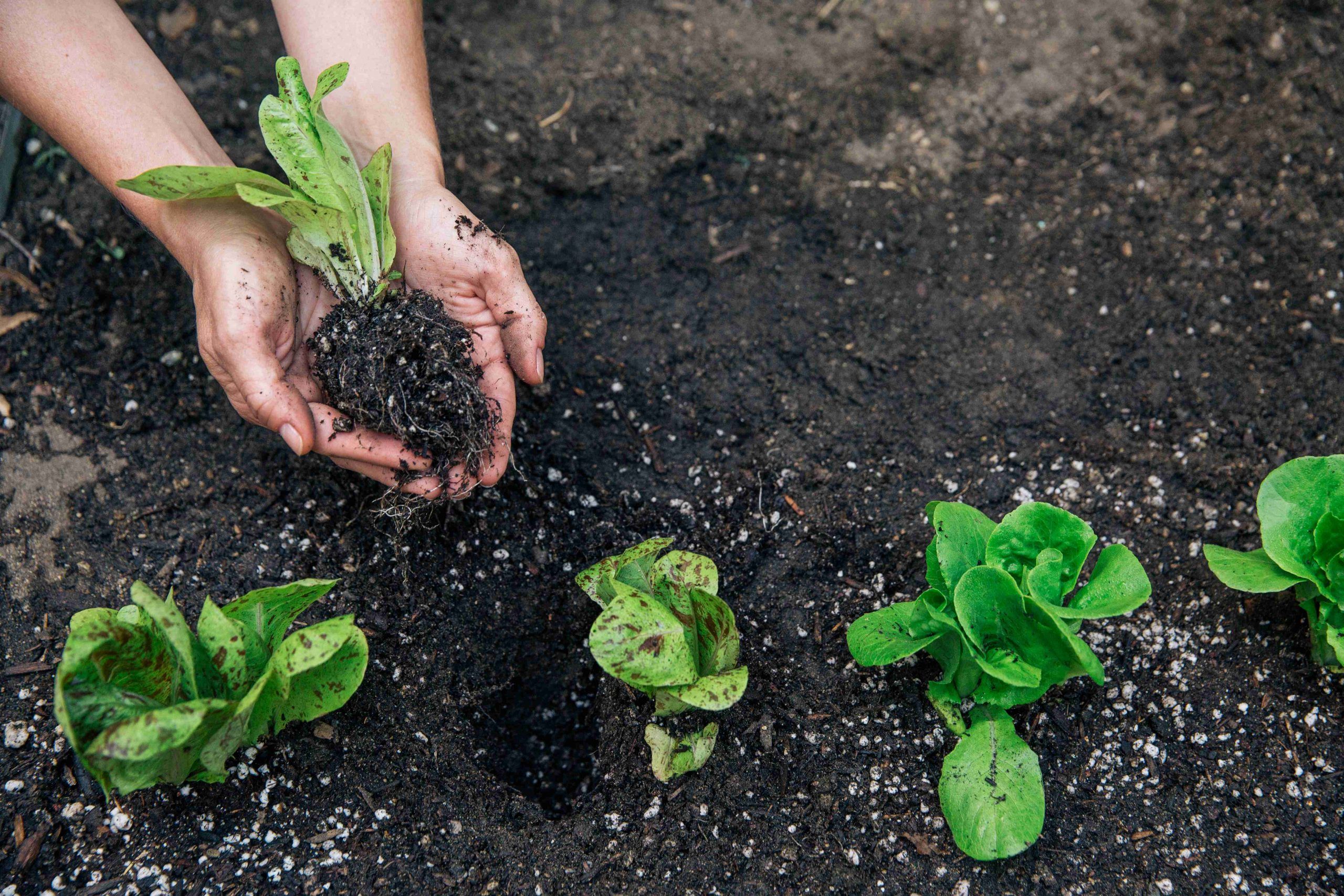3 Recommended Crops Suitable for Urban Farming

As more land is used for urban expansion and farmland becomes infertile, the goal of food security is threatened. According to the Food and Agriculture Organization of the United Nations (FAO), globally about 50,000 square kilometers of land is lost every year. Without change, the world is estimated to have only about 60 years of topsoil left.
Agriculture provides nutritious food for people, so its sustainability is vital for all countries. Indonesia, an agricultural country, has tried to combat the decline of farmland with measures such as converting swampland as farmland for rice or promoting urban farming in big cities like Jakarta and Surabaya.
Urban agriculture has been cited as one of the solutions to the food crisis. This agricultural practice utilizes land and other spaces within cities and surrounding areas to produce food. FAO reports that since 55 percent of the world’s population lives in urban areas and about 79 percent of the food produced is destined for consumption in cities, creating urban farms can help cut food production and transportation costs. Making it cheaper and easier for people in urban areas to consume nutritious food.
Creating an urban farm doesn’t require much space, but it does require a little imagination and creativity. Sidewalks, rooftops, balconies, windowsills, free walls facing the sun, or any small crevices of the urban landscape, can be utilized as spaces for urban farming.
Advantages of urban farming
- Provides easy access to nutritious food for individuals or communities. Whether it is on a small scale growing herbs or having a small collection of potted fruit and vegetable plants, urban farming allows easy access to nutritious food without additional costs for transportation and storage.
- It promotes a healthy community. Having easy access to nutritious food that is also fresh and affordable provides a unique opportunity for people to learn about nutrition and how to grow food. It is also a great way to introduce and engage the younger generation in growing food, promoting the continuation of Indonesian farmers.
- It contributes to the reduction of greenhouse gases. Plants are natural carbon filters. The presence of more plants means contributing to cleaning the air from excessive carbon dioxide and other greenhouse gases produced in urban areas. Urban agriculture also contributes greatly to reducing greenhouse gases by eliminating the need for transportation. Most of the fruits and vegetables consumed in cities come from villages or suburbs which requires them to be transported, causing large amounts of pollution. Removing this step also means that fruits and vegetables will be more affordable due to the elimination of transportation costs.
- Creating a resilient food system. The presence of urban agriculture enables the development of local, sustainable and resilient food systems that can lead to food self-sufficiency. Urban agriculture improves and enhances regular food systems by providing locally grown produce, reducing the need for lengthy transportation, storage space, and food waste due to overproduction.
Three best urban farming practices
Typical urban farming consists of three main options: growing herbs, potted plants, and vegetable gardening. Growing herbs is one option for urban farming that requires the smallest amount of space. Herbs such as celery leaves, chives, basil leaves, or basil do not take up too much space, as long as they have access to sunlight, they can be grown indoors or outdoors.
Growing using potted plants is nothing new. But with urban farming, the plants are not just for decoration but also to produce food. Be it spices like chili peppers or fruits like tomatoes, this practice is great for medium-sized plants that don’t require too much space. Not to mention, it can help cut costs, especially during the holidays when spices like chili, tend to be in high demand and prices go up.
Last but not least is vegetable gardening. Leafy greens like spinach, bok choy, mustard greens, lettuce, and more are great sources of fiber that can be grown in raised beds or pots. Raised beds are a popular choice for urban outdoor planting due to their large capacity. What makes raised beds slightly different from pots is that pots can be moved outdoors or indoors depending on the weather, while raised beds are placed on the ground and sometimes even have an open bottom for better drainage. Another option for vegetable gardening is to use unused PVC pipes or large plastic bottles that can be attached to the wall or arranged vertically on shelves.
